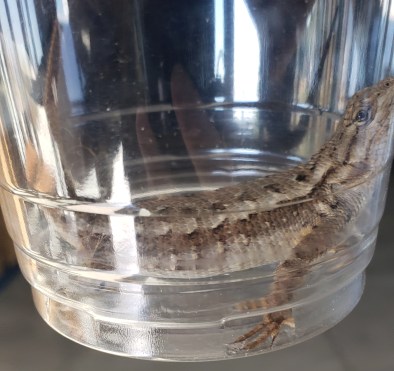When I was a child, my grandmother had a house in Santa Barbara. The house was close to a large grove of Eucalyptus trees that we would go walking in. One day when we got back to the house, I discovered something rather disconcerting. There was a small insect stuck to my chest drinking my blood. Indeed, I had been bitten by a tick. My father removed it with a pair of tweezers, but I thought it was pretty gross.
But being bitten by a tick is not just gross, it is also dangerous because ticks can carry Lyme disease. Lyme disease is caused by blood-born bacteria of the Borrelia genus. Initially, Lyme disease will cause a rash to develop around the bite. However, if left untreated, it can cause “loss of the ability to move one or both sides of the face, joint pains, severe headaches with neck stiffness or heart palpitations” (Wikipedia). Treatment is done using antibiotics to kill the bacteria in the bloodstream.
In the United States, almost 500,000 people are treated for Lyme disease each year. Work into vaccines is ongoing, but while we do have vaccines to prevent Lyme disease in dogs, we do not have any for humans. But some animals do not need vaccines. Enter the humble Western Fence Lizard.


Growing up in Albuquerque, we would see these guys sunning themselves on our back wall all the time. As a kid, I remember sneaking up on them to catch them. We would mark their bellies with a sharpie before releasing them. That way we could see if we’d caught the same ones again. The pictures above show a big lizard that came into my workplace last week. Note the purple coloration on the throat. This indicates the one I caught was a male.
It turns out that Lyme disease rates are lower in areas inhabited by the Western Fence Lizard. These lizards are naturally immune to Lyme disease thanks to special proteins in their blood. When a tick nymph feeds on a Western Fence Lizard, these proteins will kill the bacteria responsible for Lyme disease. This will also remove the bacteria from the tick’s gut, making it unable to spread Lyme disease to other hosts.
On a side note, another animal responsible for controlling Lyme disease was the Passenger Pigeon, which would eat ticks. However, those birds are no longer with us. The YouTube channel Atlas Pro did a really good video on that a while back.
However, you, the reader, are probably a human and not a lizard. As a result, you are susceptible to Lyme disease. Therefore, when you go hiking it is important to take precautions, especially in the spring and summer. First, stay on trails and try to avoid walking through brush and tall grass. Ticks tend to climb out to the edges of grass stalks and branches in order to hitch a ride on a passing mammal that brushes against them. Wearing long pants and long-sleeve shirts can also reduce the likelihood that you get bitten. And spraying insect repellent on your skin and clothes can make you an unappealing target.
If you know anyone who would like to receive these, please have them send an email to [email protected]. And if you don’t want to learn about insect-born pathogens, let me know and I can take you off the list.
